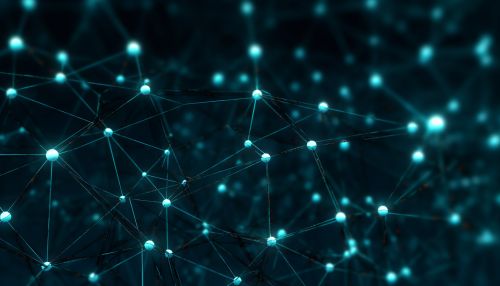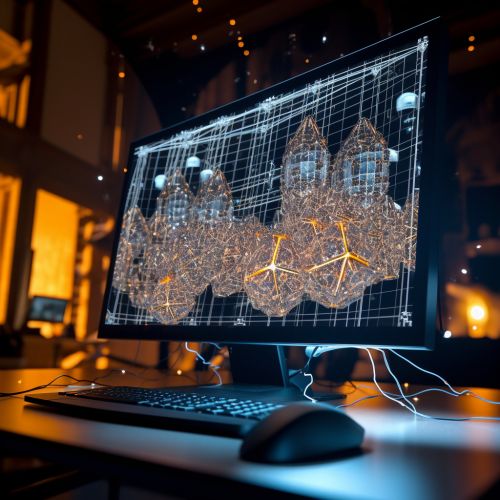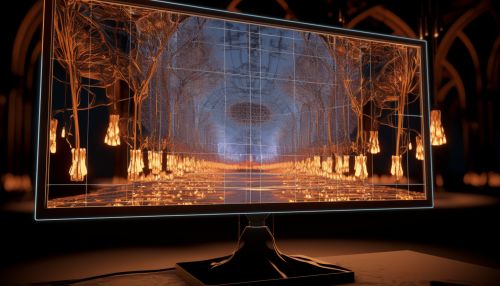Theoretical Foundations of Deep Learning Algorithms
Introduction
Deep learning is a subfield of machine learning that focuses on algorithms inspired by the structure and function of the brain called artificial neural networks. These algorithms, known as deep learning algorithms, are designed to imitate the human brain's way of learning, hence the term 'deep'. This article will delve into the theoretical foundations of these algorithms, exploring their origins, principles, and applications.


Origins of Deep Learning
The concept of deep learning has its roots in the development of artificial neural networks. The earliest of these were the perceptrons developed by Frank Rosenblatt in 1957. These were simple, single-layer networks that could only solve linearly separable problems. The limitations of perceptrons led to the development of multi-layer perceptrons (MLPs), which could solve more complex, non-linear problems.
The development of backpropagation in the 1980s by Rumelhart, Hinton, and Williams was a significant milestone in the field of deep learning. This algorithm allowed for the efficient training of multi-layer neural networks, paving the way for the development of more complex deep learning algorithms.
Principles of Deep Learning
Deep learning algorithms operate by creating a model that is trained on a set of input data. The model makes predictions based on this data, and the difference between the predicted and actual output (the error) is calculated. This error is then used to adjust the weights in the model, a process known as training. The goal of training is to minimize the error, resulting in a model that can make accurate predictions.


Deep learning algorithms differ from traditional machine learning algorithms in their use of multiple layers of non-linear processing units for feature extraction and transformation. Each successive layer uses the output from the previous layer as input. This is known as hierarchical learning, and it allows deep learning algorithms to learn complex patterns by breaking them down into simpler ones.
Types of Deep Learning Algorithms
There are several types of deep learning algorithms, each with its own strengths and weaknesses. These include:
Convolutional Neural Networks (CNNs)
CNNs are designed to process data with a grid-like topology, such as an image, which is viewed as a grid of pixels. They have been highly successful in image and video recognition tasks.


Recurrent Neural Networks (RNNs)
RNNs are designed to work with sequential data, such as time series or text. They have been used successfully in natural language processing and speech recognition tasks.
Autoencoders
Autoencoders are neural networks that are trained to replicate their input at their output. They are used for dimensionality reduction, feature learning, and anomaly detection.
Generative Adversarial Networks (GANs)
GANs consist of two neural networks, a generator and a discriminator, that are trained together. The generator tries to create data that the discriminator cannot distinguish from real data, while the discriminator tries to tell the difference between real and fake data.
Applications of Deep Learning
Deep learning algorithms have been applied to a wide range of fields, including computer vision, natural language processing, speech recognition, social network filtering, machine translation, bioinformatics, and drug design. They have achieved state-of-the-art results in many of these areas.


Challenges and Future Directions
Despite their successes, deep learning algorithms also face several challenges. These include the need for large amounts of training data, the difficulty of interpreting the models, and the risk of overfitting. Research is ongoing to address these challenges and to develop new deep learning algorithms and architectures.
